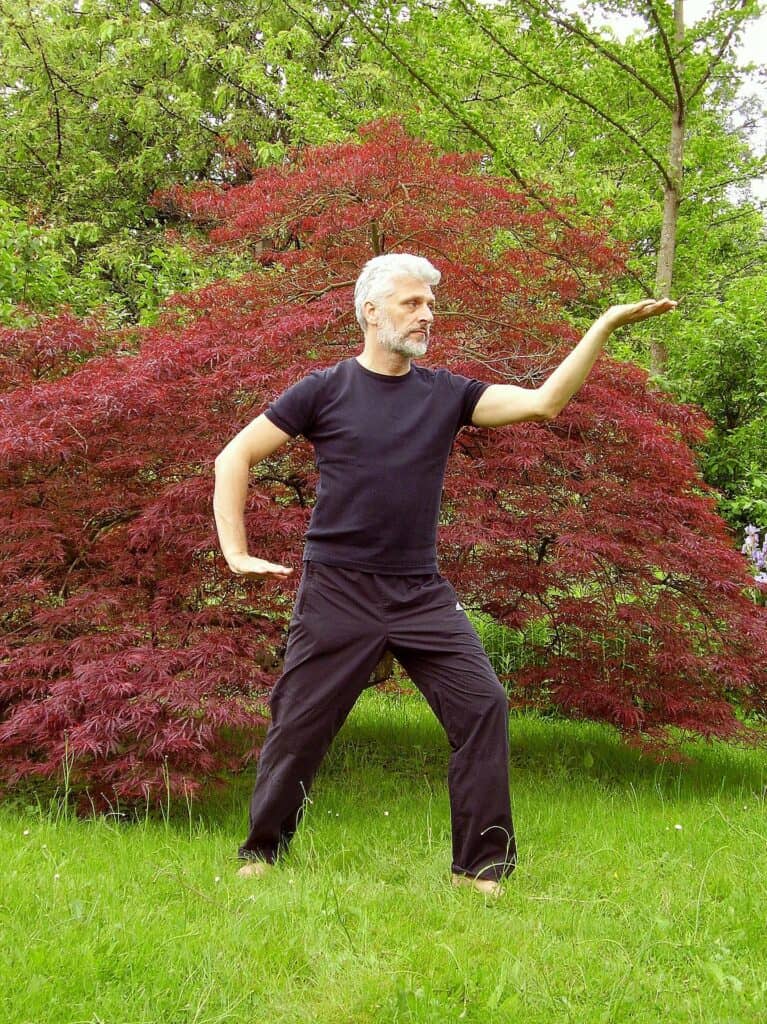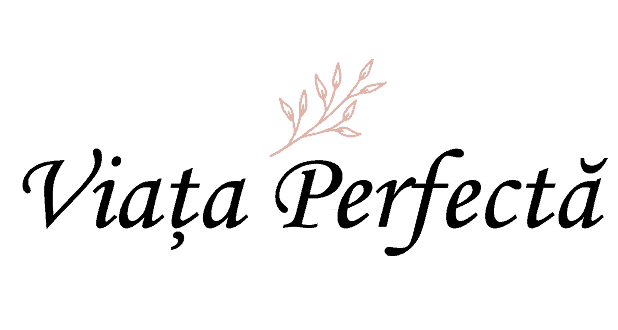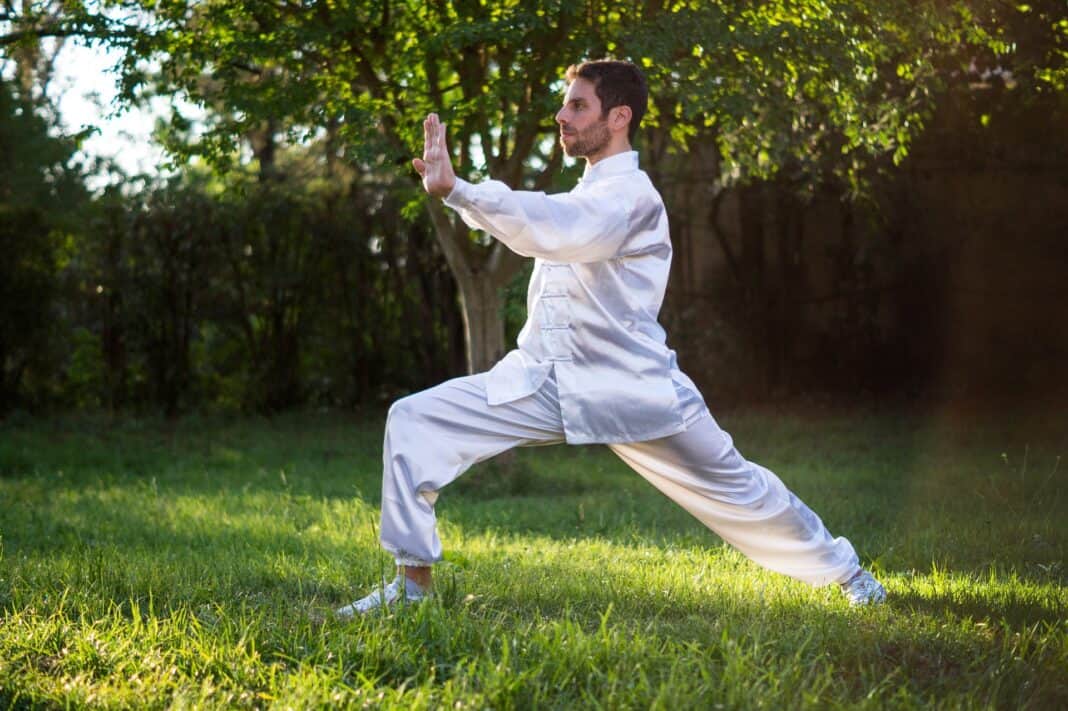Tai Chi and Qigong
Tai Chi and Qigong techniques are centuries old. Tai Chi and Qigong assume the graceful slow movements that improve balance, flexibility and stamina, intensifying both mental and physical health. Qi (chi) is the Chinese word for the force of life. Tai chi is the process of connecting with the ultimate universal force.
Qigong is translated as “energy cultivation”. Both techniques are close to moving meditations, designed to awaken consciousness in the body through their fluid, centered movements. Millions of people practice tai chi and qigong techniques, considered the first mind/body fitness programs, which cultivate relaxation in the middle of the action.

Tai chi and qigong techniques integrate intent, breathing and movement to improve mind/body coordination. These mind/body integration techniques bring many benefits to different aspects of our health.
People who practice tai chi, present a balance and coordination, as well as improving the health of the heart and lungs. I will present you some light techniques, in which to use these beautiful movements, to awaken the integration of mind/body.
Tai Chi and Qigong, the movement of energy
We perform these movements, with all the attention focused on the body. All movements are continuous, fluid and slow.
- We stand with our feet apart, little more than the width of our shoulders, parallel to each other.
- We slowly raise our arms forward and upward, gently flexing the knees. We continue, until the hands are at the height of the shoulders, with the fingertips facing each other, at a distance of about 15 centimeters, with the palms facing the body.
- We continue to move slowly, turning our shoulders inwards and slowly lowering our hands so that the palms are facing the floor, about the height of the waist. At the same time, we flex the knees a little more.
- Again, we gradually lift our arms and hands, until the fingers are face to face, at the same time, we lift ourselves slightly by partially straightening our knees.
- We repeat this sequence several times, imagining that we are moving in the water. After a few repetitions, we slowly lower our hands near the body and return to the normal resting position.
Tai Chi, Qigong, change of posture
I encourage you to find your own conscious movement program. Practicing these procedures with all attention will allow you to maintain a clear and healthy line of communication between mind and body at all stages of life.
Each of these mind/body exercises encourages the body to express its natural vitality through movement. When the body’s energy is allowed to flow, the chatter of the mind decreases and a state of innocent observation occurs. This experience, in which we feel present in our body, we cultivate the integration of mind/body and thus intensify the sensitivity of thoughts to our cells.

Just as we know that thoughts and feelings can influence the body, so we know that the body can also influence our mental state and emotions. Changing position or position has a direct and immediate influence on how we think and feel.
When we feel weak and exhausted, we try to change the way we sit or stand, to have a more energetic position and observe how our mental state is transformed.
We are intensively developing mind/body integration through tai chi, qigong and yogatechniques, which allow us to identify imbalances and correct them much more quickly, before they lead to much more serious situations.
Listen to the body’s signals and respect them
Not listening to our body’s health signals means accelerating aging, which is the root cause for many diseases. When our body expresses a need related to health, but the mind refuses to listen to it, the imbalance, the disintegration of mind/body begins.

Here are some examples that each of us can meet every day in the absence of a well-organized program:
- When the body is tired and needs sleep, our mind violates this need to watch a nightly show on television.
- When our body is fed up at the end of a meal, the mind insists on going back to the buffet for another serving of dessert.
- When our body feels the need for food, the mind insists on working during lunch.
- When our body asks us to lie down, the mind refuses and we try to work to the point of exhaustion.
- When our body asks us to empty our bladder, the mind refuses to get out of our seats during a movie. And the examples can continue.
It is good to listen to our body signals and form healthy habits. Let’s listen to the biological rhythm of the body,practice light exercises, in a conscious and careful way, without judging ourselves very harshly. If we meditate regularly and observe our choices, we will realize that fewer impulses arise that create conflict between the mind and the body.

